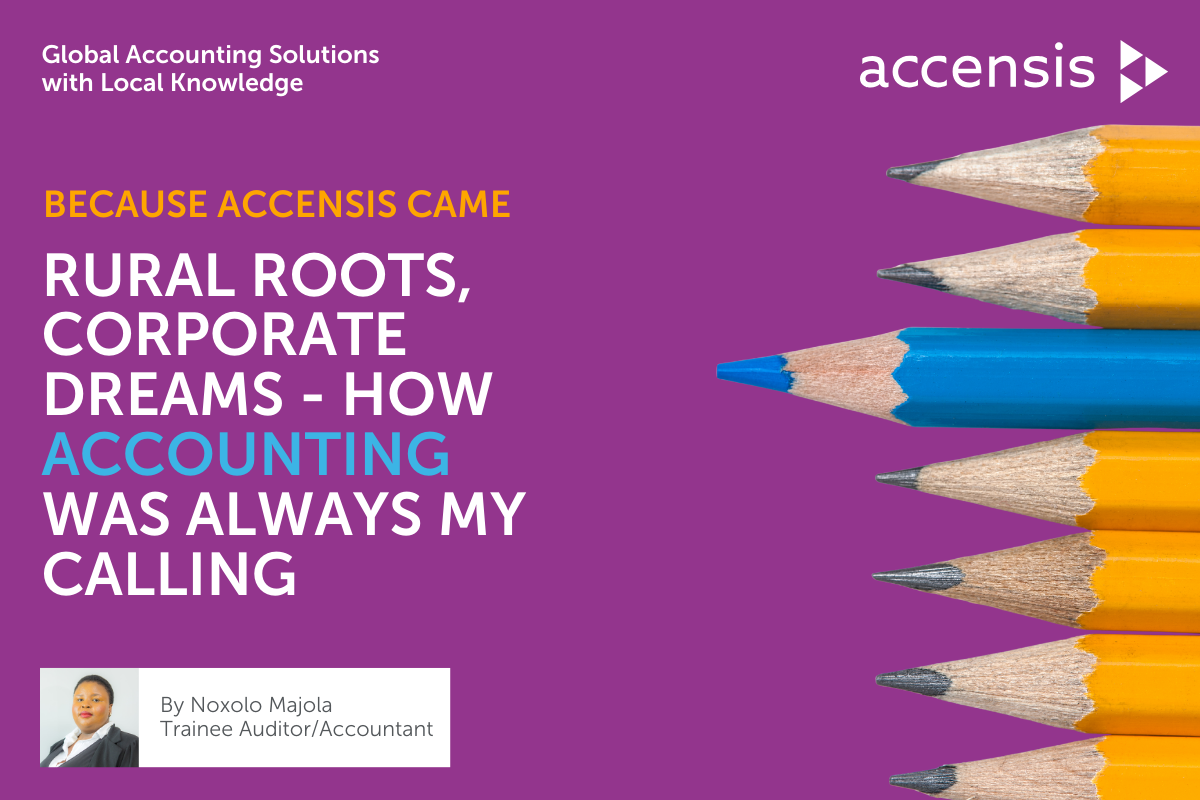Youth of our nation: How SA’s private sector can bridge the country’s educational gaps
.png)
When you think about your school days, don't you feel like life was easier back then? That's usually the sentiment I hear from my family and friends.
"We didn't have to deal with that back in my day,
They say.
Ofcourse, the kids of today have the internet and technology on their side - but the idea of being deprived of education? It feels like a problem on the rise, with brand new issues rearing their ugly head.
As South Africa's unemployment rate stands at 32,9 %, one must ask: where does the problem lie? which institution or part of the educational chain should we look to for answers?
The final year of school can make or break a teenager. The Department of Education must address South African pupils' challenges to prepare South Africa's matriculants for higher education. Given that current infrastructure may be insufficient to meet the rising demand of students, we must create a sustainable pathway to tertiary education.

Challenges and Current Capacity Issues
The Department of Higher Education and Training (DHET) oversees higher education in South Africa, yet it can only accommodate some matriculants into universities and TVET colleges.
For example, in 2023 only around 208,000 first-year students enrolled, while over 880,000 are writing their final matric exams in 2024.
This disparity indicates a need for expanded university and college spaces, including the number of disciplines taught, to ensure students can further their education.
The NSFAS Funding Model
NSFAS (National Student Financial Aid Scheme), South Africa's primary funding model for student financial aid, has faced severe administrative challenges. The NSFAS board is under administration due to recent issues. It was alleged that irregularities in the appointment of service providers caused delays in student payments. In addition, budget cuts to NSFAS funding could impact over 87,000 students, adding financial strain to tertiary institutions and to students and their families.
This just raises more concerns about access to education and potential increases in student protests.
Recommendations: What could be done better?

Enhanced Community Support
Those who have earned tertiary qualifications can help bridge the gap by giving back. Graduate communities and working professionals can mentor matriculants to apply for scholarships and bursaries and help them understand their options for the future.
Private Sector Involvement
Though it is the public sector's responsibility, private institutions have an opportunity to provide the future workforce with skills of their standard and be the future of learning.
Businesses can support the education sector through bursaries, internships, and post-qualification training to bridge the gap between educational outcomes and workplace skills.
In the accounting, audit and tax industries, the private sector are left to offer the skills and education that we believe could have been provided during former education years.
Read about bridging the skills gap between students and professionals in the accounting industry here.
Reform in NSFAS Administration
The government must ensure that NSFAS administrators are well-trained, competent, and equipped with the resources to manage funds effectively. Streamlining operations and improving transparency would prevent issues like delayed allowances and ensure better service for students.
Expansion of TVET and Online Learning
Increasing investment in technical and vocational education, along with online learning platforms, would provide more accessible, flexible education options for matriculants, addressing the capacity gap.
Businesses in the private education sector could also address these issues by offering more relevant qualifications for candidates.



.png)

.png)